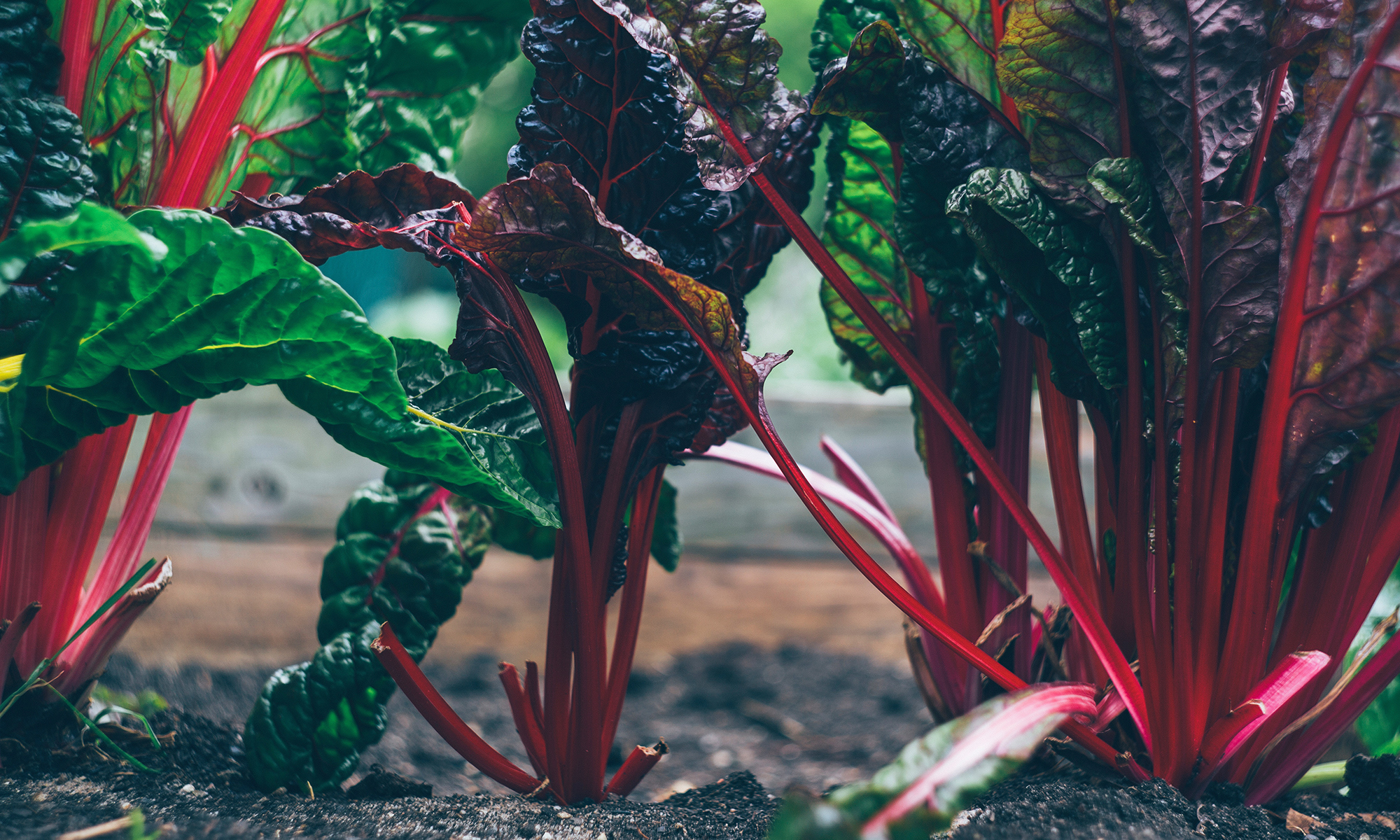When I walked into the kitchen of the lake house, the aromas of a fresh cooked dinner warmly greeted me at the door. The house was empty so I poked my nose into the pots on the stove. The first pot, set on a very low fire, had rice in it. I quickly closed the lid, fearing I might have let out too much steam and irreparably ruined it. The next pot wafted allusive aromas mixed with meatballs and eggplant. I lingered a little longer there.
About 20 minutes later, the kitchen was still empty. Farzad, the Iranian brother-in-law of my friend Mandy and mastermind behind all the aromas, was out in the canoe with his family. I queried Mandy who was puttering around outside, “Should we turn off the burners? I’m a little worried that the rice will overcook and burn.”
“No.” She advised, “Farzad said to just leave everything as it is, it’s fine.”
Even the slowest cooking rice is done in 45 minutes, and by now this had been cooking for over an hour. But I decided to leave it alone. I’d rather the rice be ruined under his instruction than under my tinkering.
When Farzad finally returned, he explained the secrets of Iranian rice. First, he pre-cooks and drains the rice. This ensures the grains are separate. Then he returns the rice to the pot for the more traditional cooking, leaving it on the burner until a crispy crust develops on bottom of the pot. When the rice is cooked he turns it out onto a serving platter, tapping the crust to listen to its crunchy texture. He affectionately doles out the crust at dinner… alongside the meatballs that have simmer in a broth of tomatoes, spices and caramelized, persevered lemons.
When I returned home the next day, I decided it was time to finally try the Iranian recipe of chicken and sour cherries that I had been eyeing for a long time. It would be the perfect vehicle for the rice. I didn’t have the patience (or strength of character?) to let the rice cook on the stovetop until the crust developed. Instead, I formed the cooked rice into patties and fried them in a little oil. And I should note, I mixed in cooked green lentils into the rice just to give it a little more "nutritional" value.
Iranian Roast Chicken with Sour Cherries
I started with a recipe from the Time Life cookbook: Foods of the World and then added inspiration from other recipes unearthed around the web. As the kitchen filled with wonderful scents, I realized the distinctive flavor of Iranian cuisine is the combination of cumin and saffron – also present in the rose-scented lamb.
1 chicken, cut into 6 pieces (bones and skin left on)
1 tsp. salt
1 onion, peeled and diced
¼ tsp. saffron
½ lemon juiced
½ tsp cumin
¼ cup olive oil
1 cup sour cherries
2 zucchini, cut into ½ moons
1 cup basmati rice
1. Combine chicken with salt, onion, saffron, lemon and cumin. Let marinate for at least one hour.
2. Bring 3 cups of salted water to a boil in an enamel or non-stick pot. Add the rice, and cook for 10 minutes. Drain. Return rice to the pot. Add 1 ½ cups of water. Put over a high flame until water boils. Turn heat to low, cover the pot and continue cooking for an hour.
3. Preheat the oven to 375.
4. Brush marinade off of chicken. Heat an oven-proof large skillet over high heat. Add the oil. Brown the chicken on the skin side. Turn chicken over and put pan in oven.
5. After the chicken has been cooking for 15 minutes, take out of the oven, and add zucchini and sour cherries to the pan (making sure not to cover the skin, as it will otherwise get soggy).
6. Continue cooking the chicken for 10 more minutes until cooked through.
7. Serve chicken with pan juices alongside the crispy rice.

So, it sounds like the secret of all the best foods is patience? It’s something I’m still learning …
Oh how I wish my husband liked saffron. It is one of my favorites.